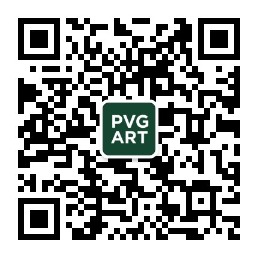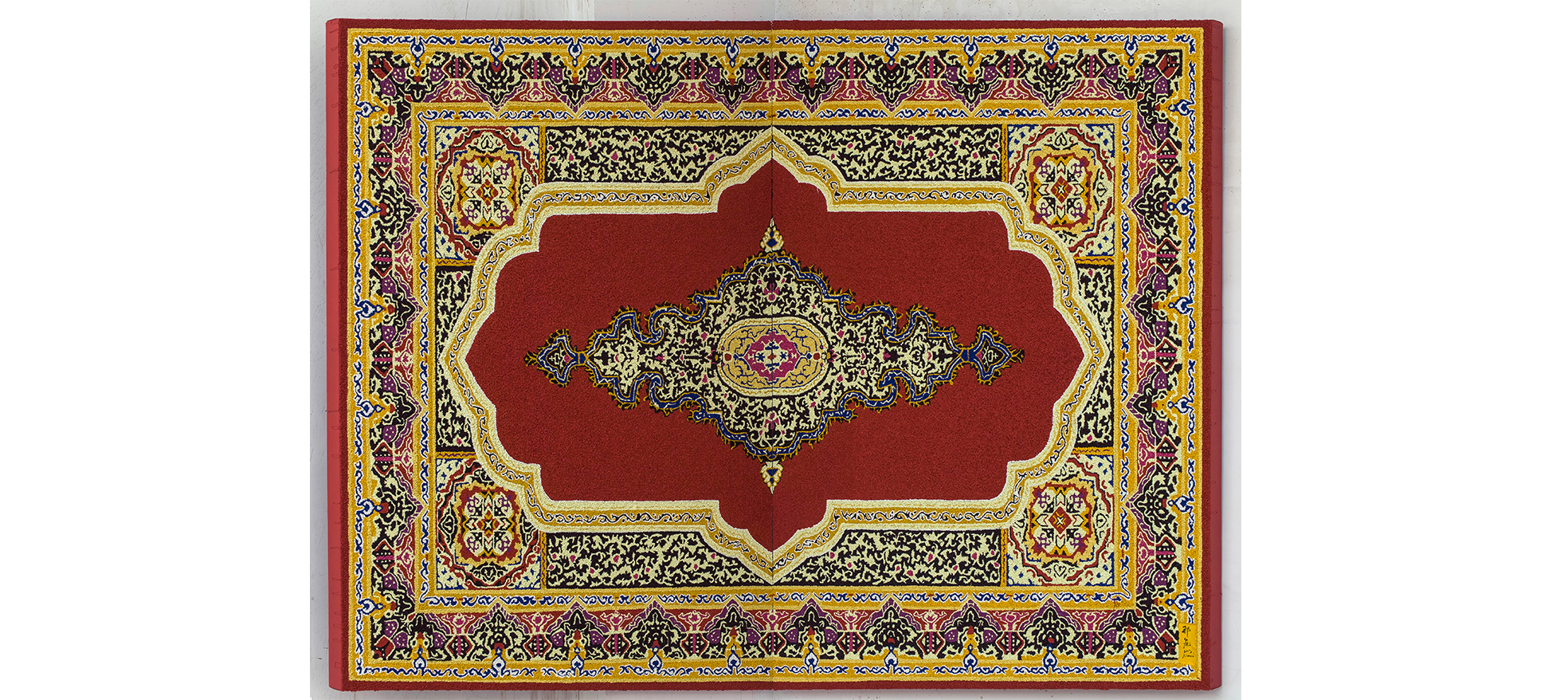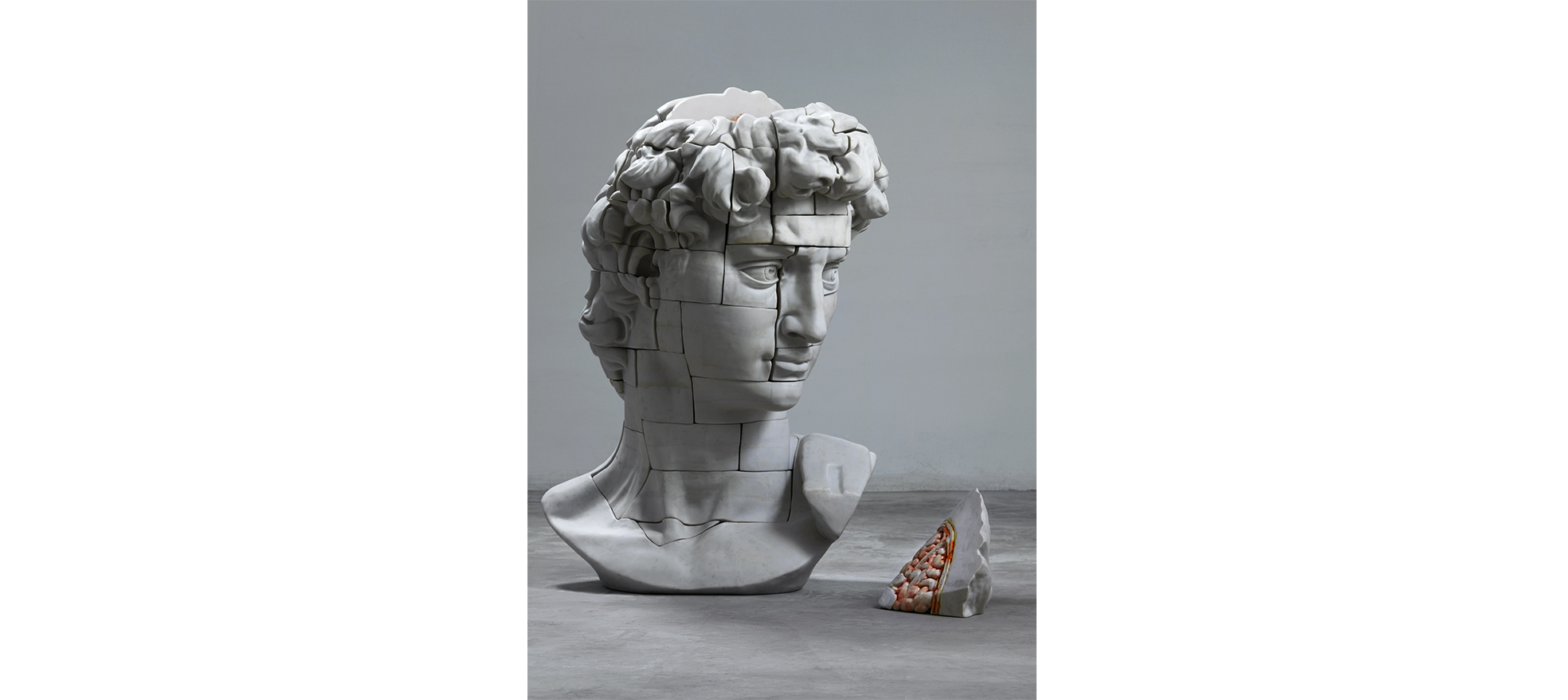He Guiyan
From the perspective of sociological narrative, the development of Chinese contemporary art followed the wave of reform and opening in the late 1970s. But in the thirty-plus years of its development, contemporary art in China has encountered several successive waves, from the “cultural anxiety” of the 1980s and the “identity anxiety” of the 1990s to the “linguistic anxiety” that has arisen since the turn of the century. In terms of linguistic construction, we are profoundly aware that artistic language is not simply a matter of expressive methods but serves as an indicator of deeper aesthetic tastes and cultural experiences within, highlighting Chinese contemporary art’s linguistic logic and art history contexts. Today, increasing numbers of international exhibitions and exchanges have demonstrated the fact that without its own linguistic system, rhetorical methods and expressive discourse, Chinese contemporary art will fall into an awkward position in the globalizing art context unless it can construct a culturally conscious language as its carrier, regardless of how lofty its spirit of the times, or how rich the content of its modern cultural aspirations.
In fact, from “formal beauty’s” counterattack against the ossified linguistic system of Socialist Realism in the early 1980s to the young artists of the New Wave emulating Western modern painting and postmodern art, and on to the late 1990s, when Chinese artists returned to local traditions from within the references of Western contemporary art, Chinese contemporary art used roughly twenty years to complete its own transition in linguistic studies. The end of this process implies that contemporary painting has used pure modernist forms and styles to demonstrate the end of its own avant-gardeness. The “recoding” within the language of contemporary art, and the ways in which artists have formed their individual discursive expressions since the turn of the century, are the main foci of this exhibition. In general, we can categorize the past few millennia of Western art based on established art history concepts as falling into the realms of classical art, modern art, postmodern art and contemporary art. In a certain sense, modern art is an art of “encoding.” It is no longer classical art, and the artists no longer engage in the simple re-creation of the world of appearances. To the contrary, the goal in encoding the style and form of the artwork is to bestow it with meaning. When approaching the modern artwork, the viewer cannot reach its meaning through viewing alone; they must follow certain “threads” to truly enter into the artwork. But for the development of Chinese contemporary art, “recoding” is significant on three levels. The first is reflection on contemporary art’s own linguistic system and on the problems that arose during its construction. More importantly, China must form a rhetorical and linguistic system that differs from that of Western modern and postmodern art. Second, rooted in the demands of cultural modernity, China must seek out the crux of transformation from within the visual system and cultural resources of its own local culture. Third, the ultimate goal is still to shape a form of cultural subjectivity for Chinese contemporary art.
As a philosophical concept, “lesser logic” stems from Hegel. In modern European philosophical history, Hegel not only established the system of objective idealism, he also did much to promote the development of idealist dialectics. As he saw it, the absolute spirit is an independent subject, and ideas and existence are governed within. What “lesser logic” embodies is this developmental process of the human intellect, from emotion to reason, from subjectivity to objectivity, from judgment to verification, and gradually coalescing into the inner core of the absolute spirit. In drawing on the concept of “lesser logic,” we are striving to emphasize that one of the defining traits of contemporary art today is that it places greater importance on individualized expressions, the inner logic behind language, and the critical and theoretic discourse that it draws from at the moment of conceptual generation.
This exhibition will feature over 40 artists with works in painting, installation and sculpture, to be simultaneously presented at the Parkview Green Art Gallery and Parkview Green Art 798. Though there is variation in terms of subject matter, these works all share something in common, which is that they all place emphasis on individual creative methodology, engaging in innovative utilization of existing visual images and visual cultural resources while stressing the production of new meaning for the artwork within new visual mechanisms and viewing effects. For many Chinese contemporary artists, “recoding” is not so much a method as the embodiment of reflective attitudes and open cultural viewpoints. These artists share the academic ideal of truly realizing the reconstruction of Chinese contemporary art in rhetoric and narrative.
August 28, 2014 Wangjing East, Beijing
He Guiyan
From the perspective of sociological narrative, the development of Chinese contemporary art followed the wave of reform and opening in the late 1970s. But in the thirty-plus years of its development, contemporary art in China has encountered several successive waves, from the “cultural anxiety” of the 1980s and the “identity anxiety” of the 1990s to the “linguistic anxiety” that has arisen since the turn of the century. In terms of linguistic construction, we are profoundly aware that artistic language is not simply a matter of expressive methods but serves as an indicator of deeper aesthetic tastes and cultural experiences within, highlighting Chinese contemporary art’s linguistic logic and art history contexts. Today, increasing numbers of international exhibitions and exchanges have demonstrated the fact that without its own linguistic system, rhetorical methods and expressive discourse, Chinese contemporary art will fall into an awkward position in the globalizing art context unless it can construct a culturally conscious language as its carrier, regardless of how lofty its spirit of the times, or how rich the content of its modern cultural aspirations.
In fact, from “formal beauty’s” counterattack against the ossified linguistic system of Socialist Realism in the early 1980s to the young artists of the New Wave emulating Western modern painting and postmodern art, and on to the late 1990s, when Chinese artists returned to local traditions from within the references of Western contemporary art, Chinese contemporary art used roughly twenty years to complete its own transition in linguistic studies. The end of this process implies that contemporary painting has used pure modernist forms and styles to demonstrate the end of its own avant-gardeness. The “recoding” within the language of contemporary art, and the ways in which artists have formed their individual discursive expressions since the turn of the century, are the main foci of this exhibition. In general, we can categorize the past few millennia of Western art based on established art history concepts as falling into the realms of classical art, modern art, postmodern art and contemporary art. In a certain sense, modern art is an art of “encoding.” It is no longer classical art, and the artists no longer engage in the simple re-creation of the world of appearances. To the contrary, the goal in encoding the style and form of the artwork is to bestow it with meaning. When approaching the modern artwork, the viewer cannot reach its meaning through viewing alone; they must follow certain “threads” to truly enter into the artwork. But for the development of Chinese contemporary art, “recoding” is significant on three levels. The first is reflection on contemporary art’s own linguistic system and on the problems that arose during its construction. More importantly, China must form a rhetorical and linguistic system that differs from that of Western modern and postmodern art. Second, rooted in the demands of cultural modernity, China must seek out the crux of transformation from within the visual system and cultural resources of its own local culture. Third, the ultimate goal is still to shape a form of cultural subjectivity for Chinese contemporary art.
As a philosophical concept, “lesser logic” stems from Hegel. In modern European philosophical history, Hegel not only established the system of objective idealism, he also did much to promote the development of idealist dialectics. As he saw it, the absolute spirit is an independent subject, and ideas and existence are governed within. What “lesser logic” embodies is this developmental process of the human intellect, from emotion to reason, from subjectivity to objectivity, from judgment to verification, and gradually coalescing into the inner core of the absolute spirit. In drawing on the concept of “lesser logic,” we are striving to emphasize that one of the defining traits of contemporary art today is that it places greater importance on individualized expressions, the inner logic behind language, and the critical and theoretic discourse that it draws from at the moment of conceptual generation.
This exhibition will feature over 40 artists with works in painting, installation and sculpture, to be simultaneously presented at the Parkview Green Art Gallery and Parkview Green Art 798. Though there is variation in terms of subject matter, these works all share something in common, which is that they all place emphasis on individual creative methodology, engaging in innovative utilization of existing visual images and visual cultural resources while stressing the production of new meaning for the artwork within new visual mechanisms and viewing effects. For many Chinese contemporary artists, “recoding” is not so much a method as the embodiment of reflective attitudes and open cultural viewpoints. These artists share the academic ideal of truly realizing the reconstruction of Chinese contemporary art in rhetoric and narrative.
August 28, 2014 Wangjing East, Beijing


